When I first had to microchip my puppy, I was riddled with doubts and fears. Reading through countless articles and forums, I stumbled upon a range of conspiracy theories and concerns that made me even more anxious. Here’s what I discovered, and why I ultimately decided that microchipping was the best choice for Lucy.
1. Adverse Tissue Reaction
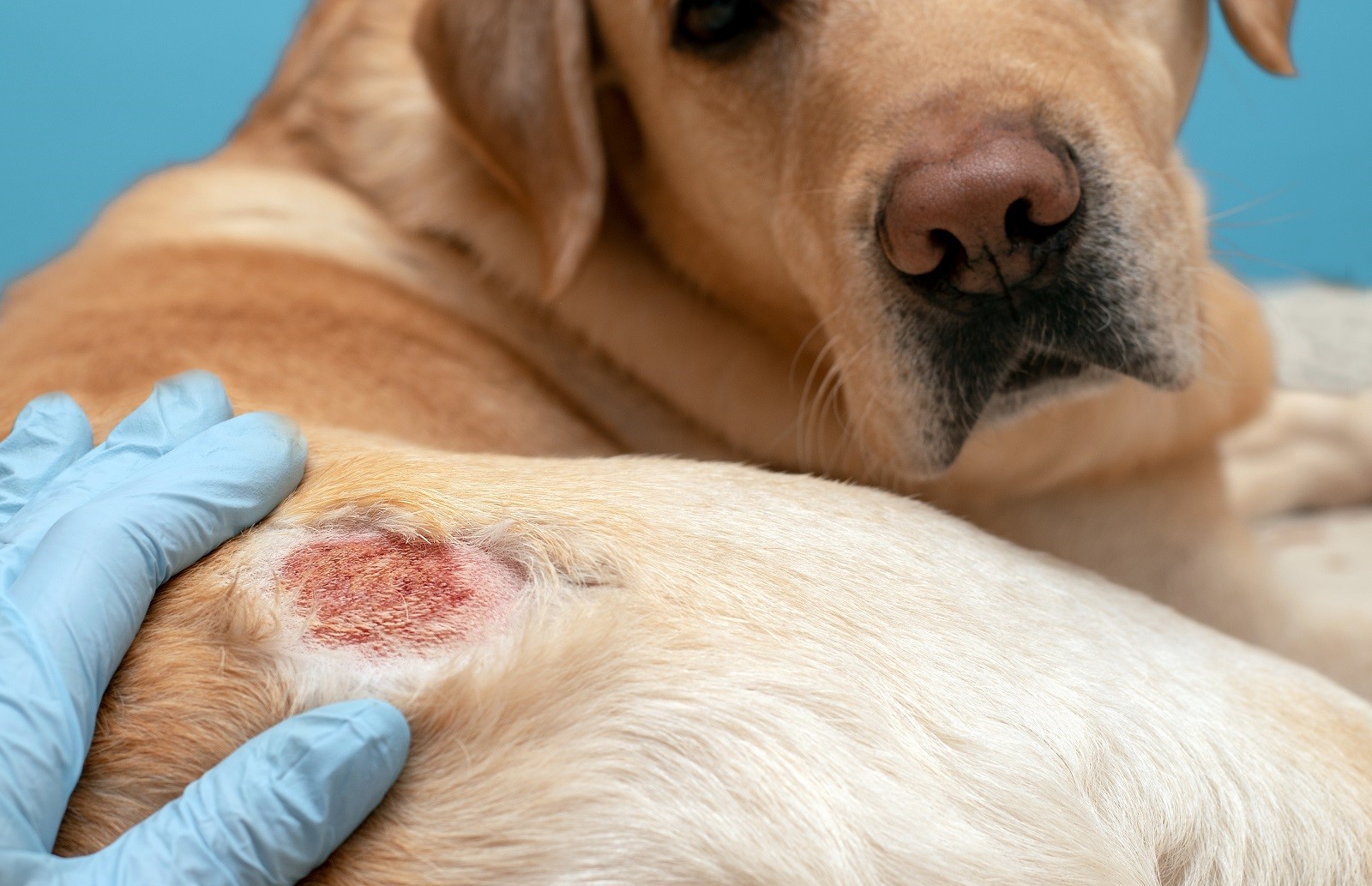
There have been concerns about adverse tissue reactions around the microchip site. While this can happen, it’s rare and usually mild, such as slight swelling or redness. Most pets experience no issues at all.
2. Implanted Transponder Migration
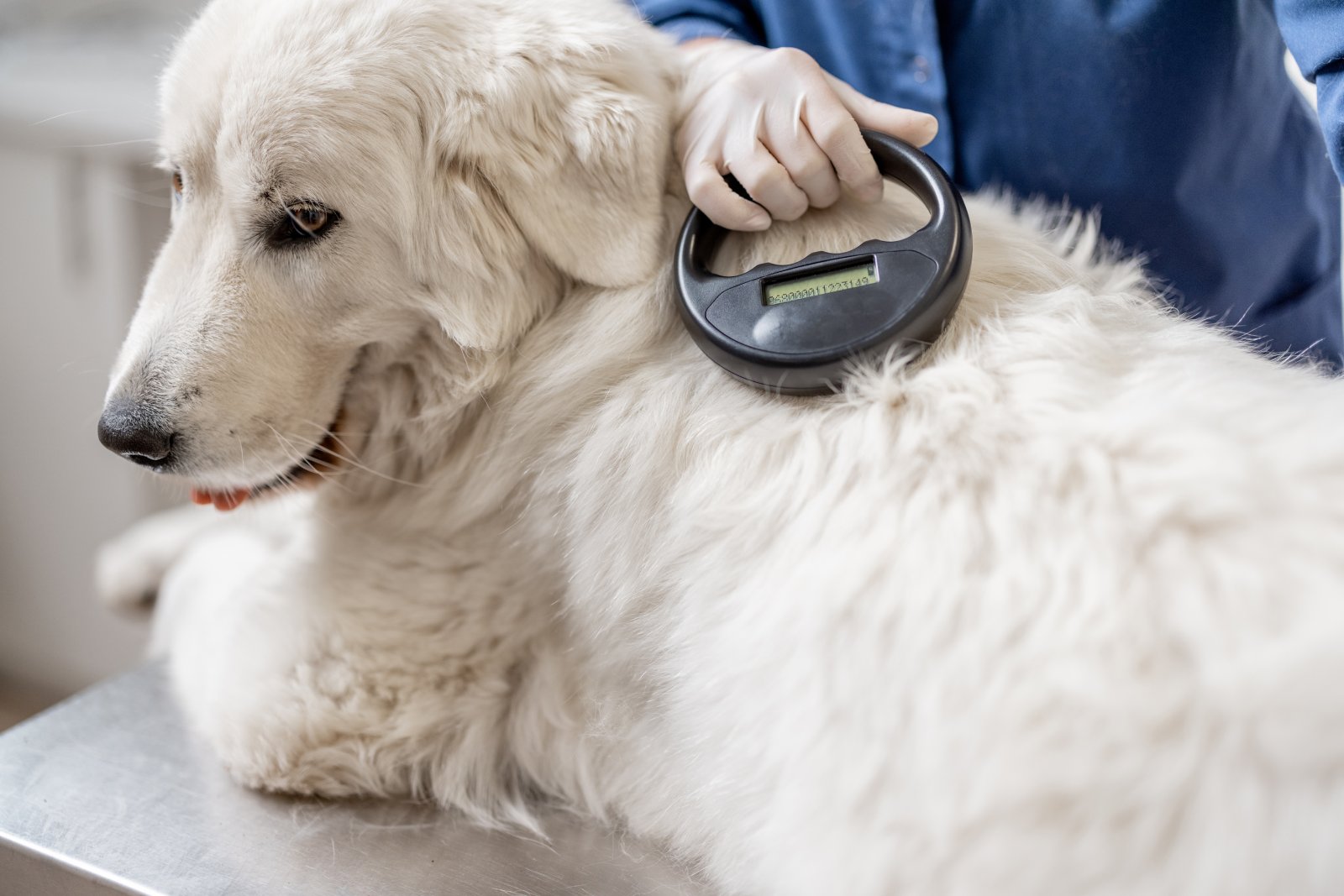
Some worry that the microchip might migrate from its original implantation site. Modern microchips are designed to stay in place, but even if they move slightly, they are still functional and can be easily located by a scanner.
3. Electromagnetic Interference
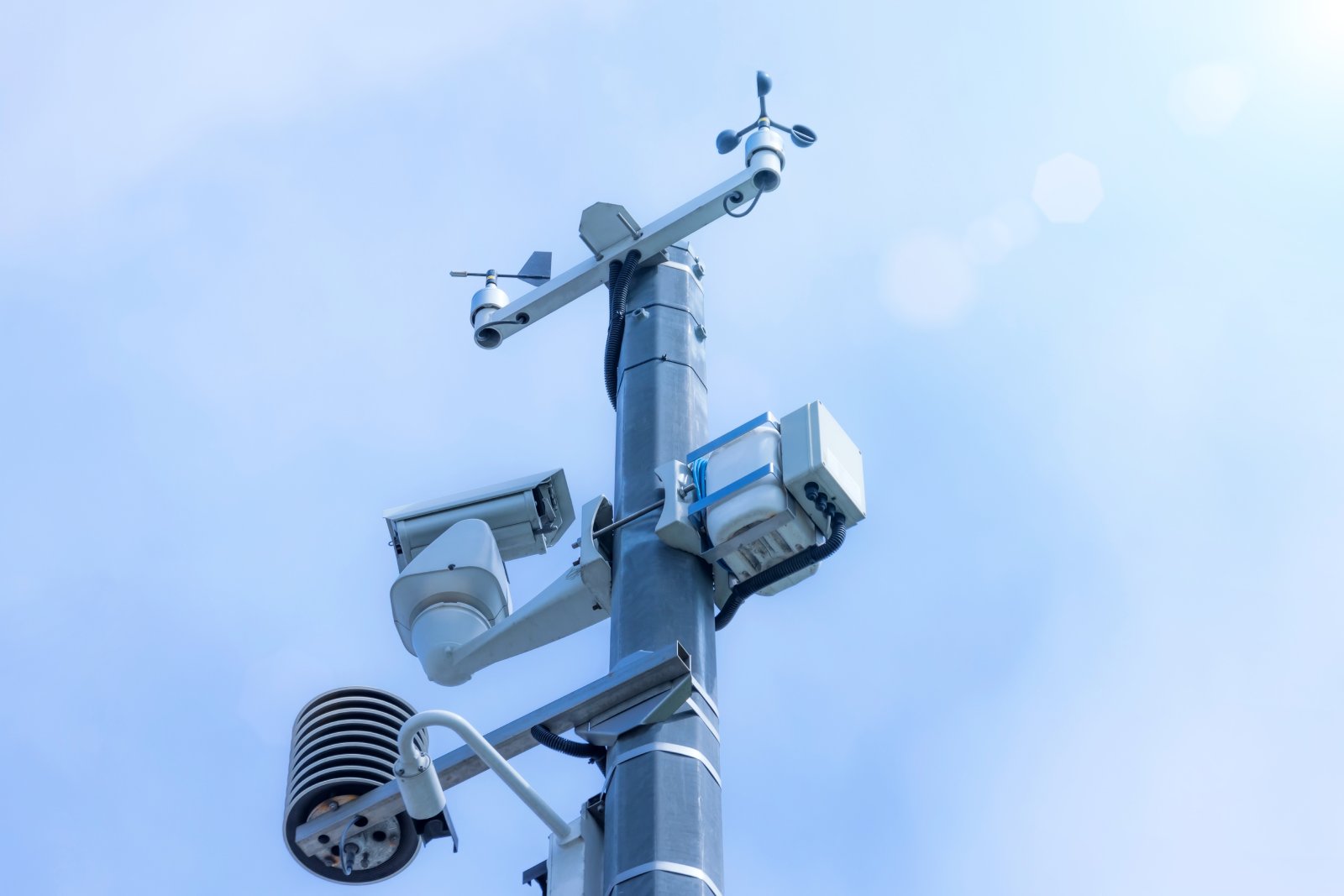
A common fear is that microchips might interfere with electronic devices or be affected by them. However, pet microchips are passive RFID tags and do not emit signals unless scanned, making this highly unlikely.
4. Cancer Risk
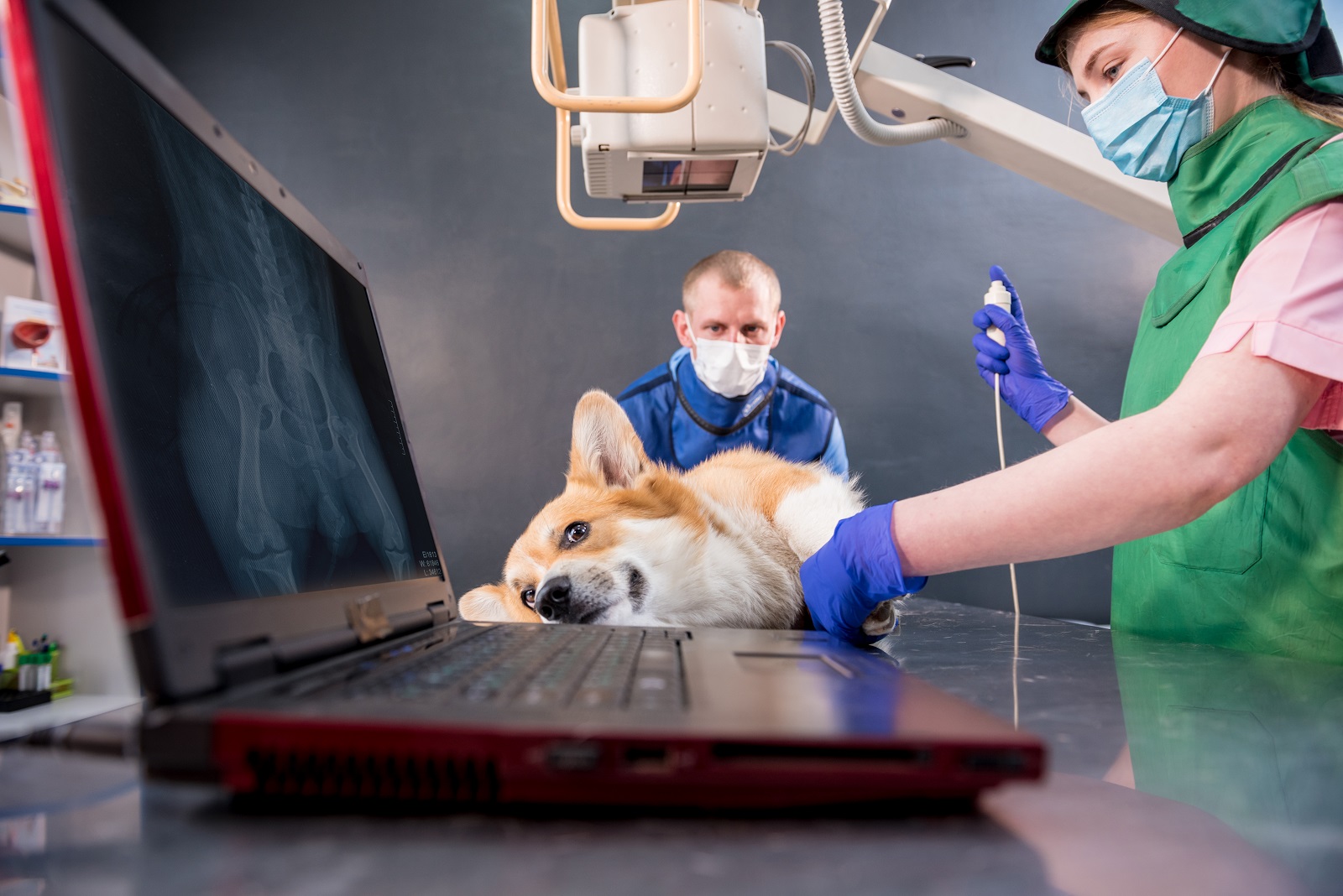
There have been reports linking microchips to cancer, primarily based on a few isolated cases. However, comprehensive studies have found no conclusive evidence that microchips increase cancer risk in pets. The benefits far outweigh this minimal risk.
5. Privacy Concerns

Some people worry about privacy and tracking issues. Pet microchips do not have GPS capabilities and cannot track your pet’s location. They only store an ID number linked to your contact information in a secure database.
6. Insertion Pain

Inserting a microchip is similar to getting a vaccine shot. While it might cause brief discomfort, it’s generally well-tolerated by pets and performed quickly by a vet.
7. Human Health Risks
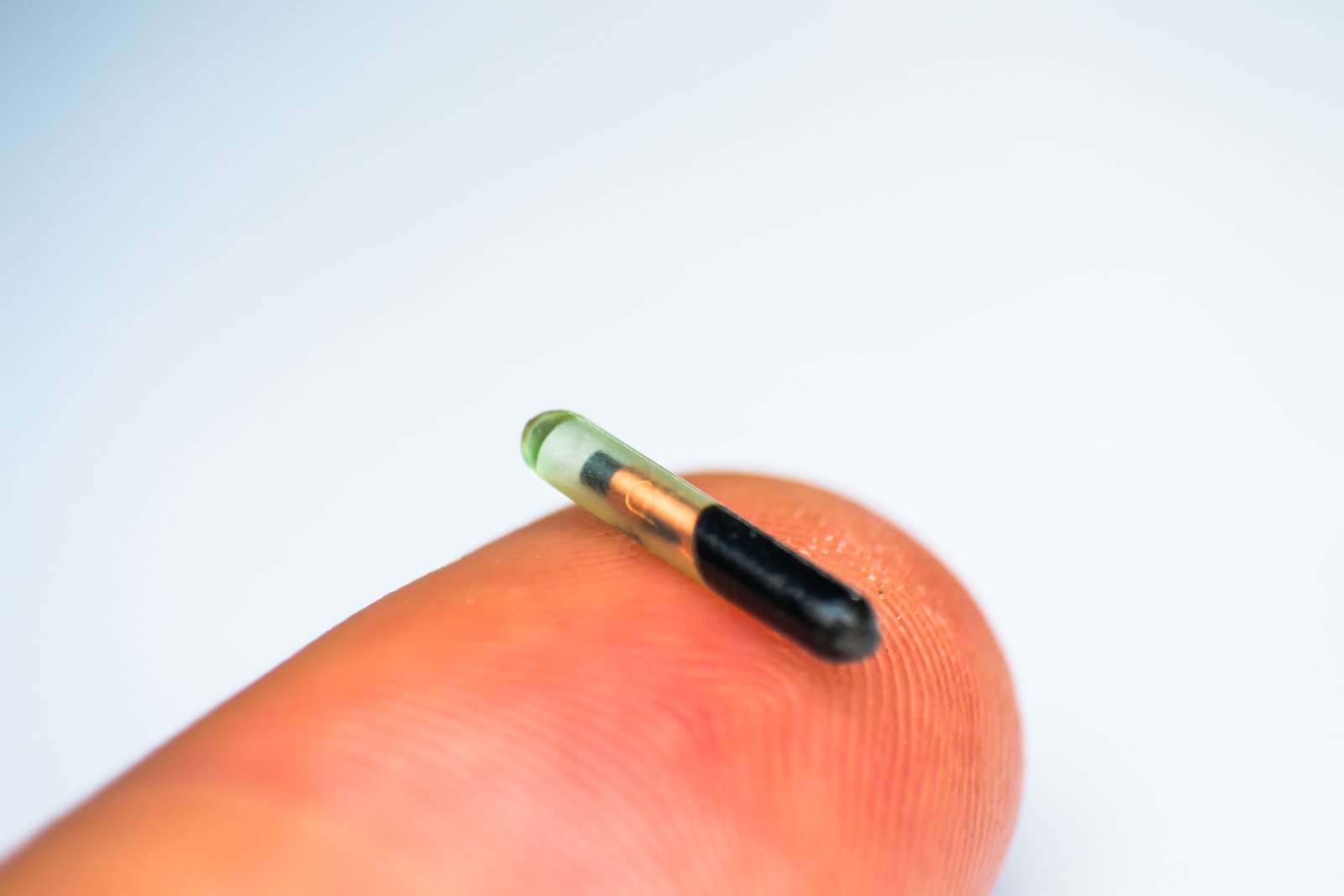
Concerns about health risks to humans handling microchipped pets are unfounded. The chips are encapsulated in biocompatible glass, posing no danger to pet owners.
8. Microchip Scams

Beware of scams offering fake microchipping services or registering your pet’s microchip for a fee. Always use a trusted vet or animal shelter for microchipping, and register your pet with a recognised database.
9. Data Security

Your personal information stored in microchip databases is protected by privacy laws and secure systems. It’s crucial to keep your contact details updated to ensure you can be reached if your pet is found.
10. Scanning Reliability
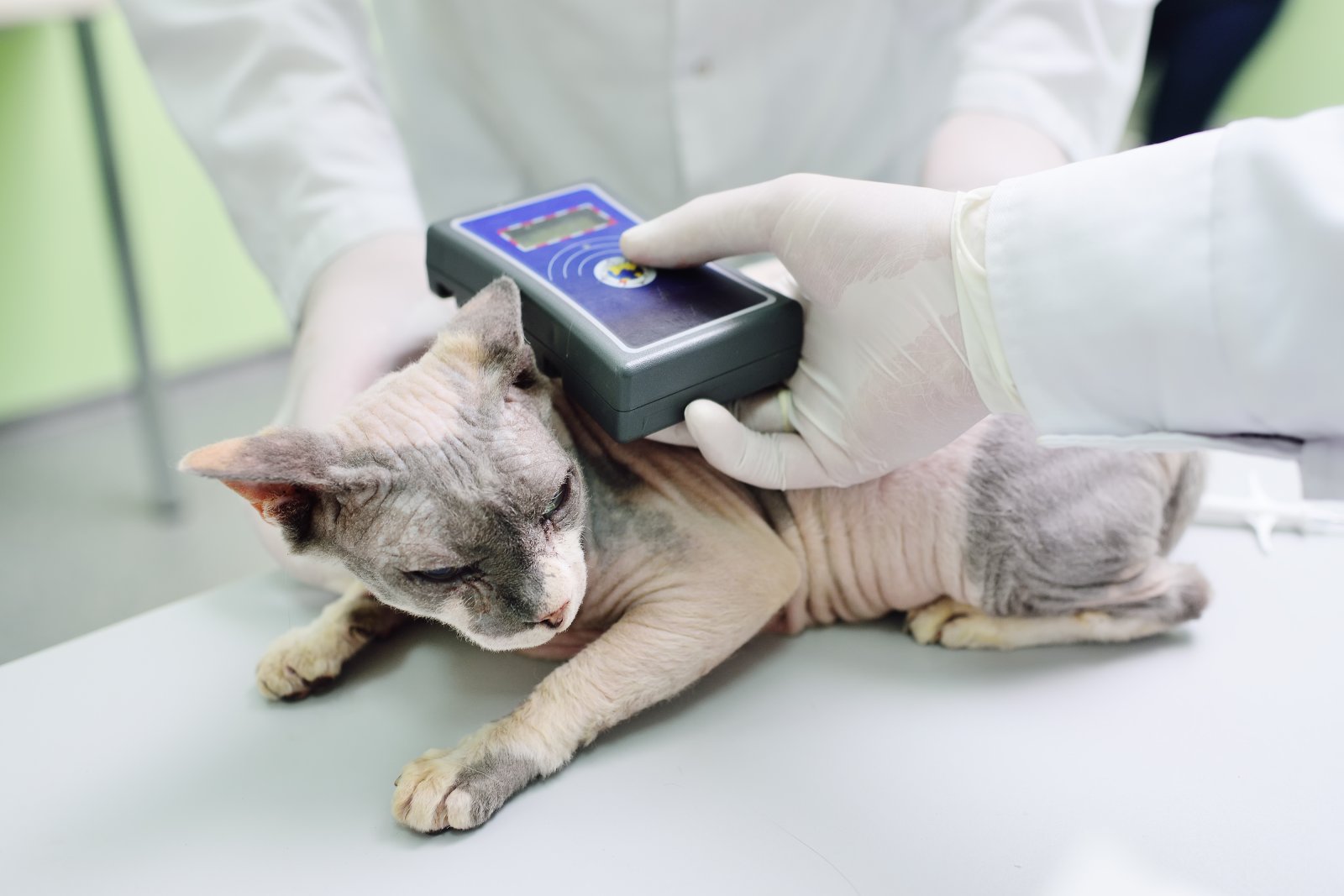
Some worry about scanners failing to read microchips. While no technology is foolproof, scanners used by vets and shelters are highly reliable and widely compatible with different microchip brands.
11. Compatibility Issues
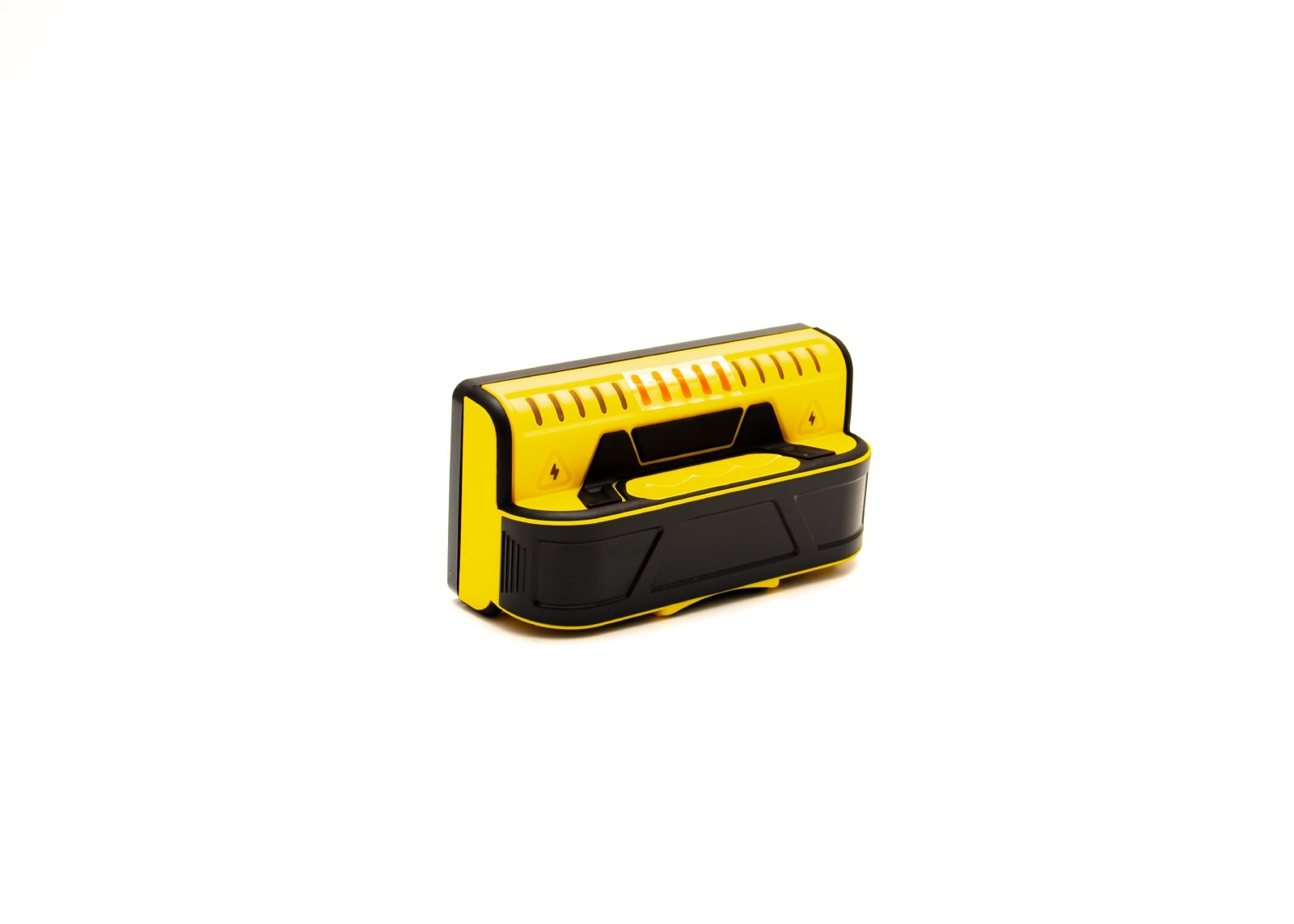
Early concerns about compatibility between different brands of microchips and scanners have largely been resolved. Most modern scanners can read all standard microchips.
12. Cost

The cost of microchipping can vary, but it’s generally affordable and a one-time expense. Consider it an investment in your pet’s safety.
13. Legislation

In the UK, it’s a legal requirement to microchip dogs. Compliance with this law ensures your pet can be returned to you if they go missing.
14. Lifespan of the Microchip

Microchips are designed to last for the lifetime of your pet. There’s no need for replacement or recharging, making it a hassle-free safety measure.
15. Potential for Malfunction
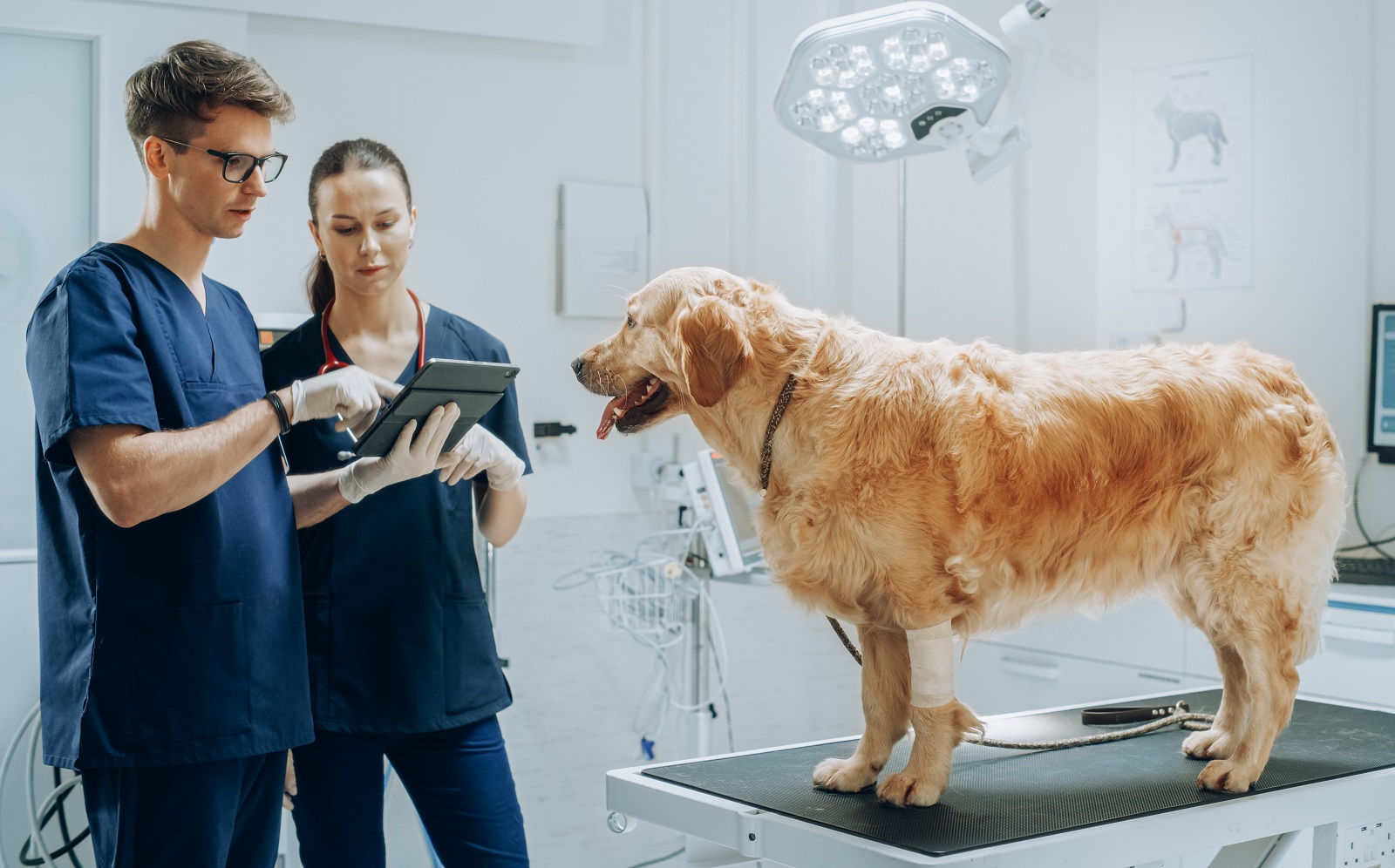
While rare, microchips can malfunction. Regularly check with your vet during routine visits to ensure your pet’s chip is working correctly.
16. Ease of Scanning
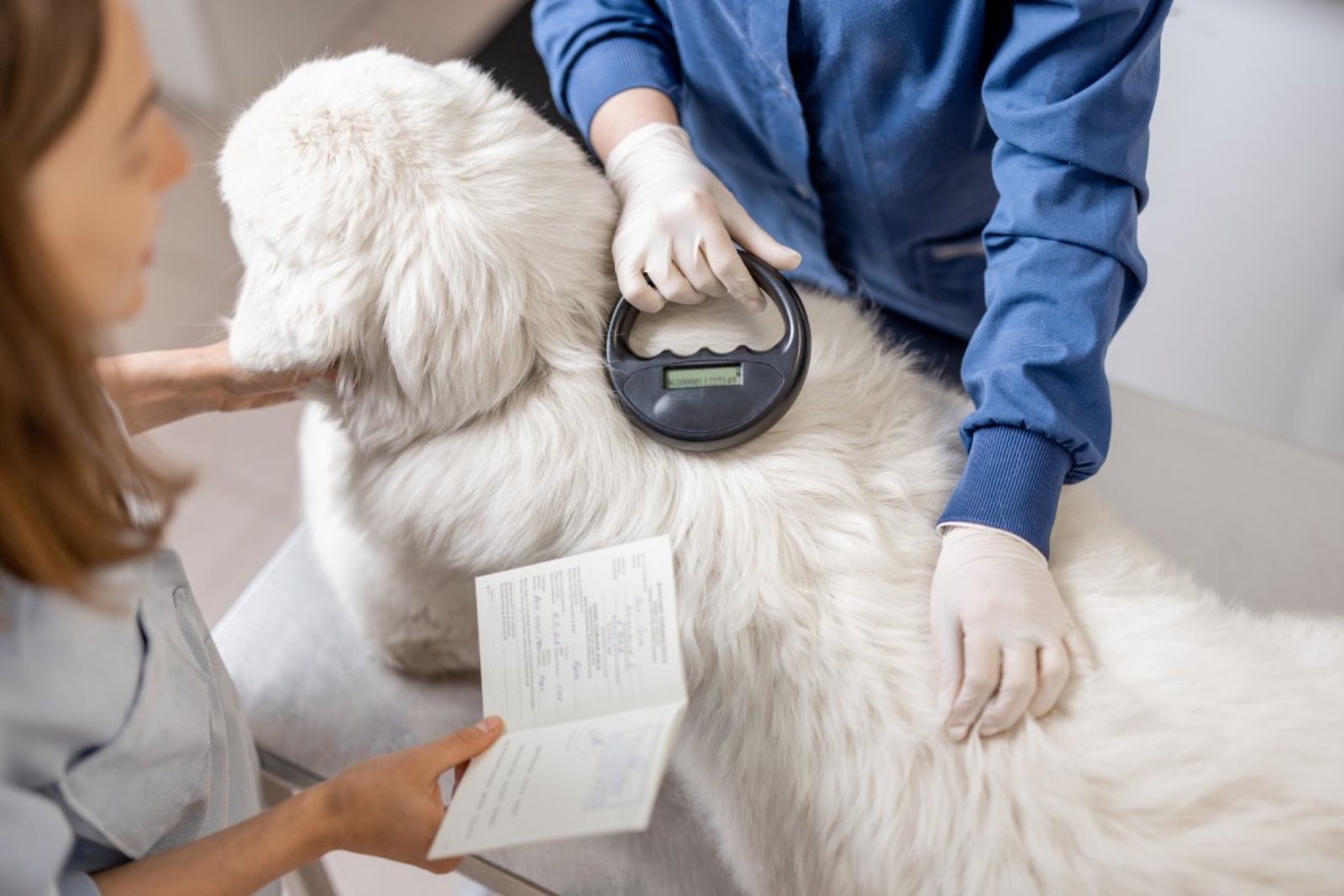
Some believe scanning is complex or painful for pets. In reality, it’s a quick and non-invasive process that can be done during a routine vet check-up.
17. Shelter and Vet Benefits

Most shelters and vets automatically scan for microchips when a lost pet is brought in. This greatly increases the chances of a happy reunion with your pet.
18. Peace of Mind

Despite the concerns, having your pet microchipped provides immense peace of mind. Knowing that your pet can be identified and returned to you if lost is invaluable.
A Smart Choice

After exploring the concerns and potential issues, I decided to microchip my puppy. The peace of mind and the safety net it provides far outweigh any minimal risks. Microchipping is a responsible and effective way to ensure your beloved pet can always find their way back home. Are you ready to take this step for your pet’s safety?
The post 18 Eye-Opening Facts Before Getting Your Pet Microchipped first appeared on PawShore.
Featured Image Credit: Shutterstock / hedgehog94.
For transparency, this content was partly developed with AI assistance and carefully curated by an experienced editor to be informative and ensure accuracy.

